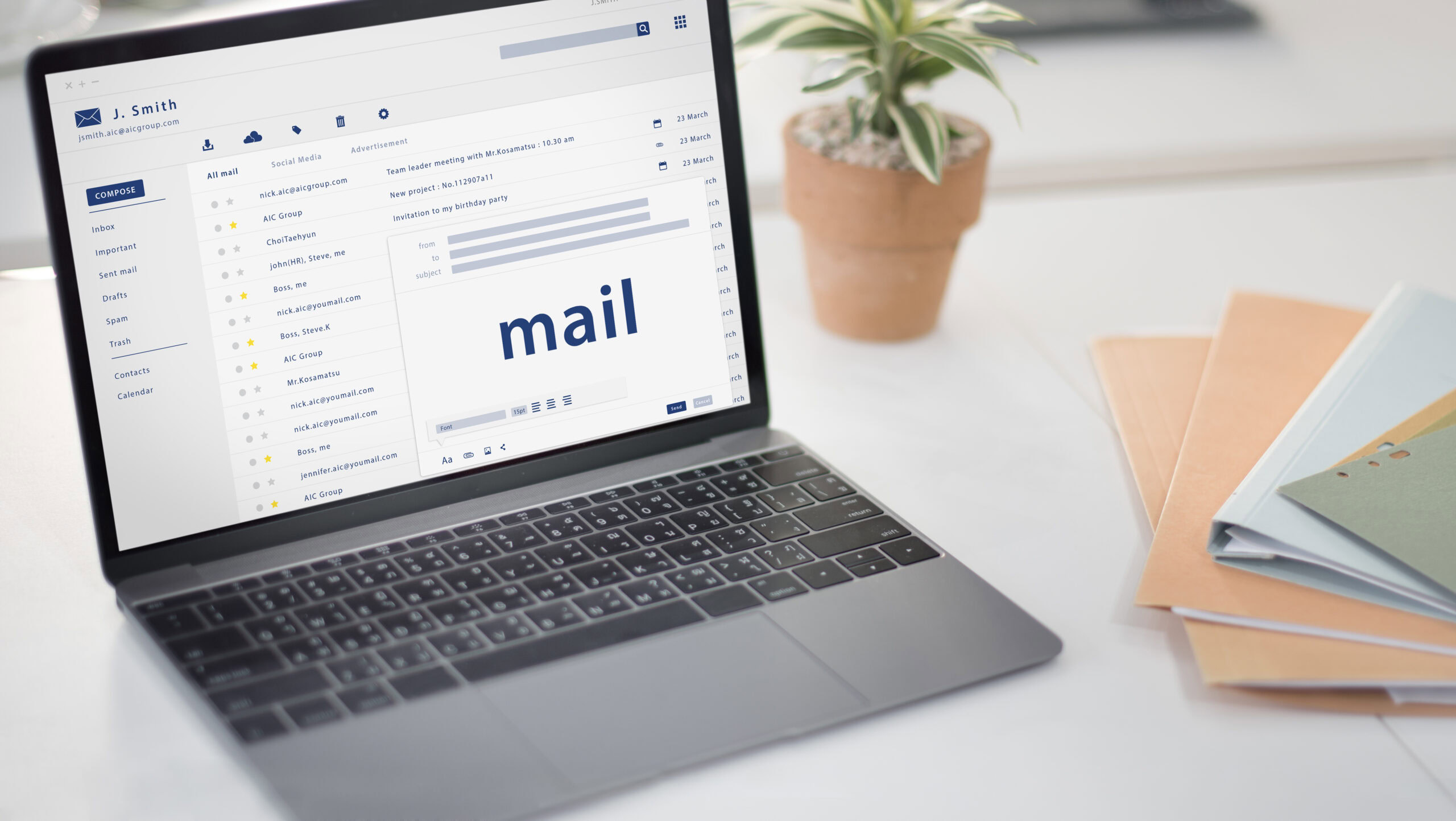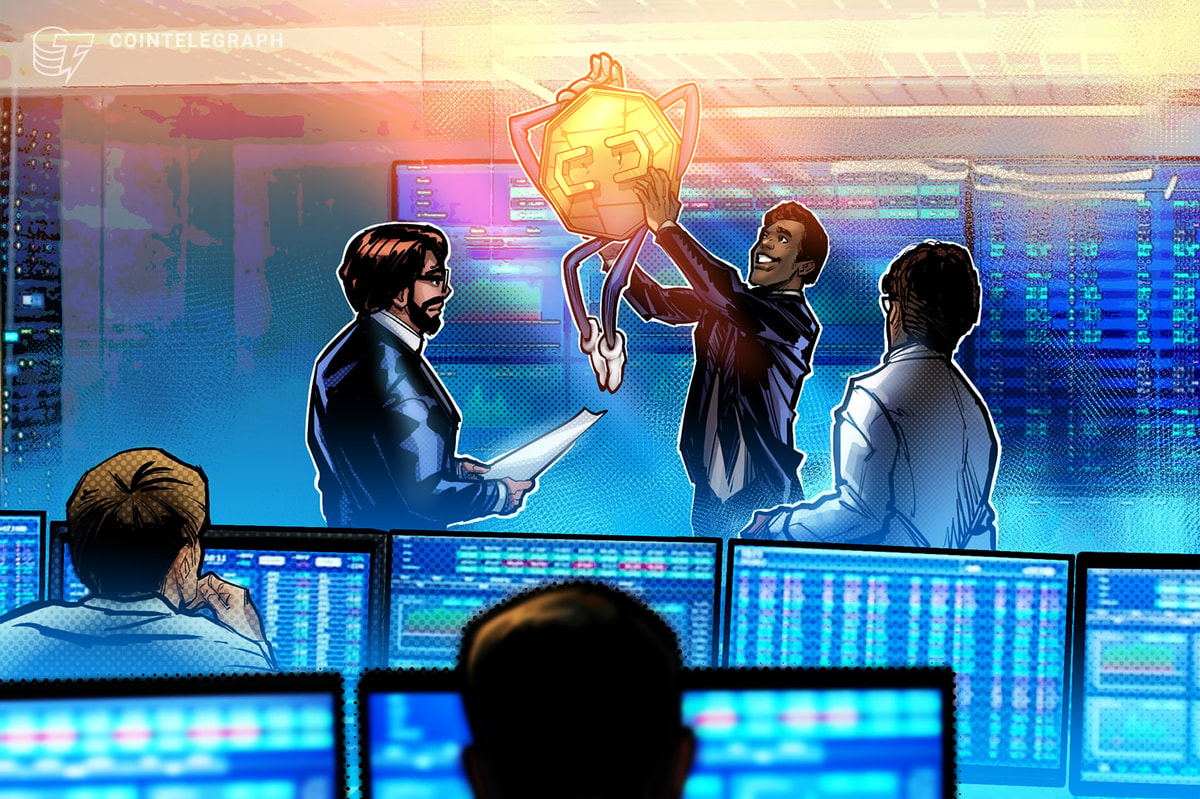
I remember a time, not so long ago, when my inbox felt like a digital monster. Every morning, I’d open my email, and there it would be: a towering pile of unread messages, each one a tiny, nagging demand on my attention. It felt like I was constantly playing whack-a-mole, trying to clear the screen only for more emails to pop up. I’d spend what felt like hours just sifting through, responding to a few, flagging others, and inevitably, letting many more pile up. It was exhausting, and honestly, it made me dread opening my email. Sound familiar?
For years, the term “Inbox Zero” conjured images of a pristine, empty email screen – a badge of honor for the truly productive. It was the holy grail, the ultimate goal. But here’s the secret: that old definition is, well, old. In today’s hyper-connected world, with more digital communication channels than ever before, the idea of a literally empty inbox is often unrealistic, and frankly, not even the point anymore. What if I told you that achieving “Inbox Zero” isn’t about having no emails, but about having complete control over your attention and your time? It’s a mindset shift, not just an outcome.
The Shifting Sands of Our Digital Inboxes
Back in 2004, when the term “Inbox Zero” was first coined, life was simpler. Most of us had one, maybe two, email accounts. Managing that felt manageable. Fast forward to today, and our digital lives are a sprawling network of communication. We’re not just talking about email anymore. Think about it:
- Multiple email accounts (work, personal, side projects)
- Slack channels
- Microsoft Teams chats
- WhatsApp messages
- Facebook Messenger
- Instagram DMs
- X (formerly Twitter) DMs
The list goes on. Each one is an “inbox” vying for our attention. The sheer volume and variety of these communication streams make the old definition of Inbox Zero almost laughable. It’s no longer about clearing one digital space; it’s about navigating a constant deluge of information across many. This is why the true power of Inbox Zero today lies in its philosophy: it’s about spending less time managing communication and more time doing the deep, meaningful work that truly moves the needle.
So, if a literal empty inbox isn’t the goal, what is? It’s about intentionality. It’s about knowing that what’s important has been captured and dealt with, and being okay if everything else slips through the cracks. It’s about embracing the “Joy of Missing Out” (JOMO) on the less critical stuff, rather than the “Fear of Missing Out” (FOMO).
“Inbox Zero is more of a mindset rather than an actual outcome.”
Why Our Inboxes Feel Like a Black Hole

If the goal isn’t an empty inbox, why do so many of us still struggle with email overwhelm? It often boils down to a few key reasons:
- No System: Many of us approach our inbox without a clear plan. We open it, react to the first message, then the second, and so on. This reactive approach quickly leads to a build-up of unaddressed messages and a feeling of being constantly behind.
- Email as a To-Do List: This is a common trap. We leave emails sitting in our inbox as a reminder of a task we need to do. The problem? Your inbox isn’t designed to be a task manager. It becomes a chaotic, ever-growing list that offers no sense of priority or completion.
- Too Much Incoming: We subscribe to newsletters we no longer read, get promotional emails from every online purchase, and receive system notifications that aren’t critical. This volume clogs our inbox, making it harder to spot the truly important messages.
Think of it like this: if your kitchen counter is constantly piled high with junk mail, flyers, and random papers, it’s hard to find the grocery list you actually need. Your digital inbox is no different. The more noise, the harder it is to hear the signal.
Your New Inbox Playbook: Simple Strategies for Sanity
So, how do we tame the digital beast and reclaim our focus? It starts with a few simple, actionable strategies:
1. Set a Mental Time Limit: The 30-Second Rule
When you open an email, make a quick decision. Can you deal with it in 30 seconds or less? If so, do it immediately. This forces rapid decision-making and prevents procrastination. If it takes longer, it needs to go into your task management system. This isn’t about doing the task right away, but about making a clear decision about its next step.
2. Touch It Once: The Power of Decision
This is a golden rule for any kind of information processing. When an email comes in, touch it once. That means you don’t open it, read it, and then mark it unread to come back to later. That’s touching it twice. Instead, make a decision right then and there. What decision, you ask? That leads us to the 4Ds.
3. The 4Ds Framework: Your Decision-Making Compass
This simple framework helps you quickly process any email:
- Delete: Is this email irrelevant? A newsletter you don’t read? A notification you don’t need? Get rid of it. If you don’t like deleting, archive it. The goal is to remove clutter.
- Defer: Does this email require action that will take more than 30 seconds? Does it need to be done later? Add it to your to-do list or calendar. This is about intentionally scheduling time for it, not letting it linger in your inbox.
- Delegate: Are you the right person to handle this, or is someone else better suited? Forward it to the appropriate person. This frees up your time and ensures the right person is on the job.
- Do: Can you respond or complete the task in 30 seconds or less? Do it now. This clears small items quickly and gives you a sense of accomplishment.
Clutter, whether physical or digital, is often just a collection of undecided items. By applying the 4Ds, you make a clear decision for every email, preventing accumulation and overwhelm.
4. Batch Processing: Tame the Notification Beast
One of the biggest productivity killers is constantly checking email. Every notification pulls you away from focused work. Instead, check your email in batches. For example, once in the morning (around 9-10 AM) and once in the afternoon (around 3-4 PM). Turn off all email notifications. If you’re in an environment that demands quick responses, set up VIP filters for critical contacts (like your boss or key clients) so only their emails trigger a notification. This gives you the best of both worlds: responsiveness when truly needed, and uninterrupted focus otherwise.
5. Proactive Inbox Maintenance: Unsubscribe Relentlessly
This is perhaps the easiest way to get a quick win. Go through your inbox and ruthlessly unsubscribe from anything you don’t actively read or need. Search for “unsubscribe” or “manage preferences” in your email. Those promotional emails, old newsletters, or system notifications you glance at and delete? Stop them at the source. Less incoming mail means less to process, instantly reducing your workload.
“The more you can unsubscribe from emails, the less you have to work with and deal with, and the easier it becomes to manage your email inbox.”
The Future Is Now: AI and Your Inbox
As technology evolves, so too will our approach to email. The integration of AI agents and large language models holds immense promise for future inbox management. Imagine an AI agent that can:
– Reply to routine emails on your behalf.
– Summarize long email threads.
– Automatically add tasks from emails to your to-do list.
– Even schedule meetings based on your availability and contact importance.
This isn’t science fiction; it’s rapidly becoming a reality. The key will be seamless integration between your email and your task management system. The less friction there is between an email arriving and a task being added to your prioritized list, the more efficient you’ll become. This future promises to free up even more of our precious time for deep, meaningful work, transforming our inboxes from sources of stress into powerful productivity hubs.
Reclaim Your Focus, One Email at a Time
“Inbox Zero” isn’t about an empty screen; it’s about a clear mind. It’s about having a system that allows you to process information efficiently, make quick decisions, and protect your most valuable asset: your attention. Start small. Pick one strategy from this playbook – perhaps the 30-second rule or unsubscribing from five newsletters today. Implement it consistently. You’ll be amazed at how quickly you can transform your relationship with your inbox, moving from overwhelm to effortless control.







